Speaking of Connectivism...
My original idea for this post was to compare constructivism and connectivism and showcase how we use each in Studio 4.
However, given the state of the world at the moment with Covid-19 and school closures, I think connectivism is the real winner here. Not to say constructivism is not happening. Here in Vietnam we are now in week 8 of online learning (however, one of those weeks was a much-needed holiday). Teachers everywhere are being thrown into the role of a teacher from afar. Many without warning, training, or collaboration. For the first 6 weeks everything in Vietnam was last minute, week by week decisions about whether we would be on or off campus, with our without students. Luckily at this point we were told it would be at least another 3 weeks (likely longer for primary school students). This gave our team the opportunity to actually plan for a unit that is based online. We made the decision to swap our Program of Inquiry around. A unit that we planned to be the final unit of the year, we decided to start right away. This unit allows for a lot of connectivism theories to be put into play. A quick Google search results in the following definition from Wikipedia:
With everything happening right now, how can you not be taking the opportunity to teach this way (or rather, to have your students learn in this way)?
In this post I will explain our unit progression and how we are infusing technology and connectivism into the more traditional reading and writing unit. Where We Are in Place and Time:
|
|
Our Plan For This Year (Home Learning Due to COVID-19)
Week 1
- Teachers assigned a Where We Are In Place and Time folder full of historical fiction book on Epic for students to explore and see what they find interesting.
- Teachers chose a historical fiction book from the school's library (while the building was still open) and created a read aloud on Clips. This created a bank of 6 teacher selected books for students to listen to and follow along with for their writing tasks.
Writing:
- Students chose two stories from the teacher's historical fiction selections, using "somebody, somewhere, wanted, so, but, then" as guidelines, recieving feedback on Seesaw after posting.
- Students made a Venn Diagram about two historical fiction stories from the teacher's selections.
- Students practiced using Flipgrid. They had a simple task to talk about their holiday and make sure they understood how to post and how to reply/make connections to other people's posts. They were asked to write a script for this before posting this video.
- Teachers used Loom to create tutorials for students about how to complete activities. This way, students can watch at any time, can re-watch as needed, can ask questions about things they are unsure about, and we can track how many times the video has been watched.
- Teachers met with students in groups using Google Meets at least 3x in the week to review concepts and answer questions.
Week 2
- Teachers each chose a historical fiction book from Epic (varied levels, times in history, and places around the world). We provided a link to these books on Epic. One was designated for EAL students and one with our enrichment teacher.
- A Loom tutorial showed how to choose a good book for themselves.
- Students were to look at each of these books but not read them yet. They answered some prediction questions on Flipgrid and explained why they made that choice.
- Students also had the option to still read/listen to the historical fiction read alouds from last week. They could write more summaries, use them for their writing task below, or just read for pleasure.
- Students needed to read other books this week (any) in order to complete the writing tasks below.
- Students watched a Loom about 3 types of connections (text to self, text to text, and text to world)
- Students were to make 3 connections about any book (not their book club book) and post these connections to Seesaw, using a template that we gave them, including the book, the type of connection, what happened in the book that they connected to, why they connected to it, and how this connection helps them better understand the book. (see template in the photos below)
- All three connections were posted to Seesaw for feedback.
Future plans/ideas (Weeks 3-6?)
- Students will read a certain number of pages in a certain amount of time and respond to flipgrid assignments for their online book club
- If students finish a book (some are shorter) it is possible to join another book club
- Students are encouraged to read more Historical Fiction if they need/want more reading time at home
- Students will make connections with their book club book. They will learn to write deeper connections through tutorials, feedback, and extended/repeated practice and exposure.
- Students will continue to write summaries about their book each time they read more
- Students may have a certain type of connection focus for each week. For example, one week of text to self, text to text, or text to world.
- Instead of their connections relating to how they better understand the book, this focus will shift to how they better understand the past
- Our Art teacher has already expressed a desire to connect. Either as optional activities throughout the week or as her art lessons for the week, students may create art related to the historical event or the plot in their book.
- Students could research about the historical event that is the basis of their book
- Students could research about the main character that their book is about
- Booksnaps may make a comeback! (Using PicCollage, Keynote, etc)
- Virtual trips to anywhere in the world
- Virtual museum tours
Connectivism
- Have larger book clubs (by using Epic we aren't limited to a number of physical copies)
- Read any time of the day (Epic at home is free until June 30)
- Continue book club conversations on Flipgrid
- Watch and re-watch instructions on Loom
- Get feedback from a number of people at a time that is convenient to them, on Seesaw
Questions For You
- How have your units shifted due to learning from home?
- Have you had time to improve your confidence with technology?
- Have your students?
- Have your students?
- We are privileged to work in a community where students all have access to internet and a device (or ability to pick up one from school). I am definitely aware that this is not the case everywhere in the world. How can you infuse connectivism into your units if this is the case?
- Any other ideas for our historical fiction unit?
This is great! Thank you so much for sharing. At WAB in Grade 3 (where I teach) we are looking to adapt our WWAIPT unit on significant people for online, and this will be so helpful!
Wondering -- Are there non-reading/writing activities connected to this unit of inquiry? You shared reading/writing -- just wondered if it is broader than that? Wondering what the Central Idea is?
Thanks, Christine! It sounds like that could be a great match, for signigicant people!!
This unit originated as a reading centric unit. Teaching reading skills, teaching connections, teaching reflections, etc. so that is why I stuck only with reading and writing activities in the post as well.
The central idea is: Making connections helpus better understand the past.
So we really focus on types of connections and how they help us understand events in history. It was an awesome unit to end our year last year as it ends up being fairly run by the students. Which is possibly another reason why it is starting to work well online!
As an edit/addition to this, we are also now creating a choice board of activities for each book. These will be used after books are finished (for shorter books) and as optional extension activities for longer books. https://docs.google.com/presentation/d/1sF_413-ILdYrESfBAguQVQW0OBo5sCM2VkRBNQWtxXA/edit?usp=sharing
Leave a Reply.
Cindy Kaardal
This blog page is specifically for my COETAIL blog posts.
Archives
April 2021
March 2021
February 2021
December 2020
November 2020
October 2020
September 2020
May 2020
March 2020
February 2020
January 2020
Categories
All
COETAIL
Course 3
Course 4
Course 5
Final Project
Introduction Course
Online 12

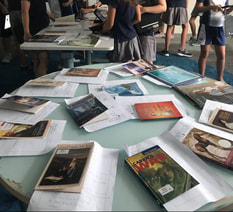
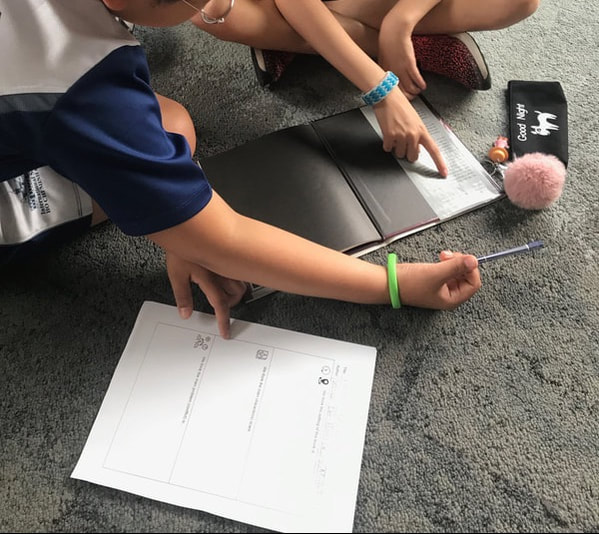
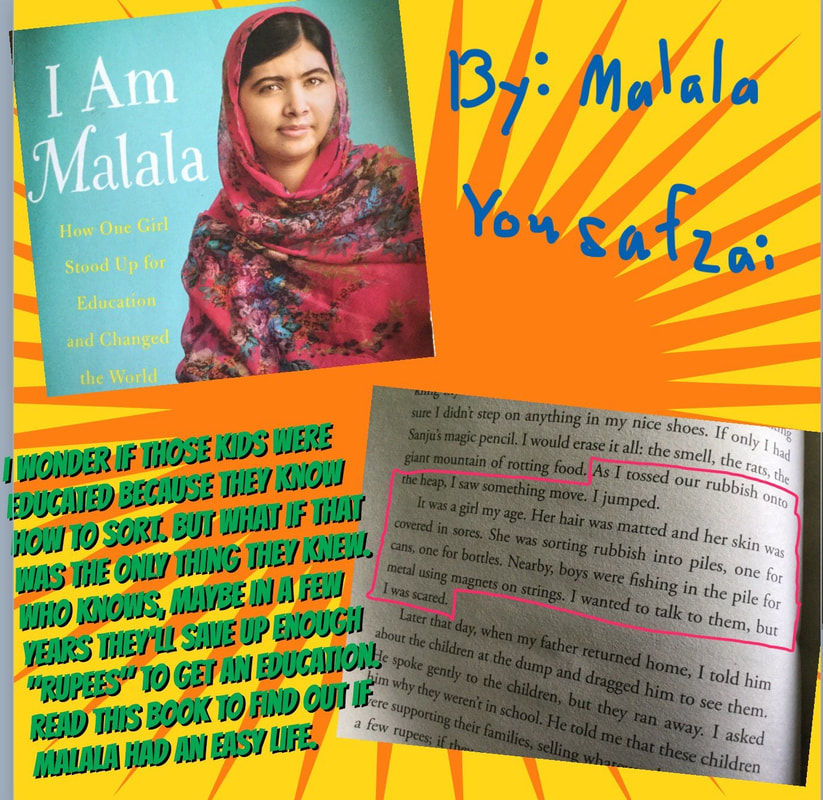
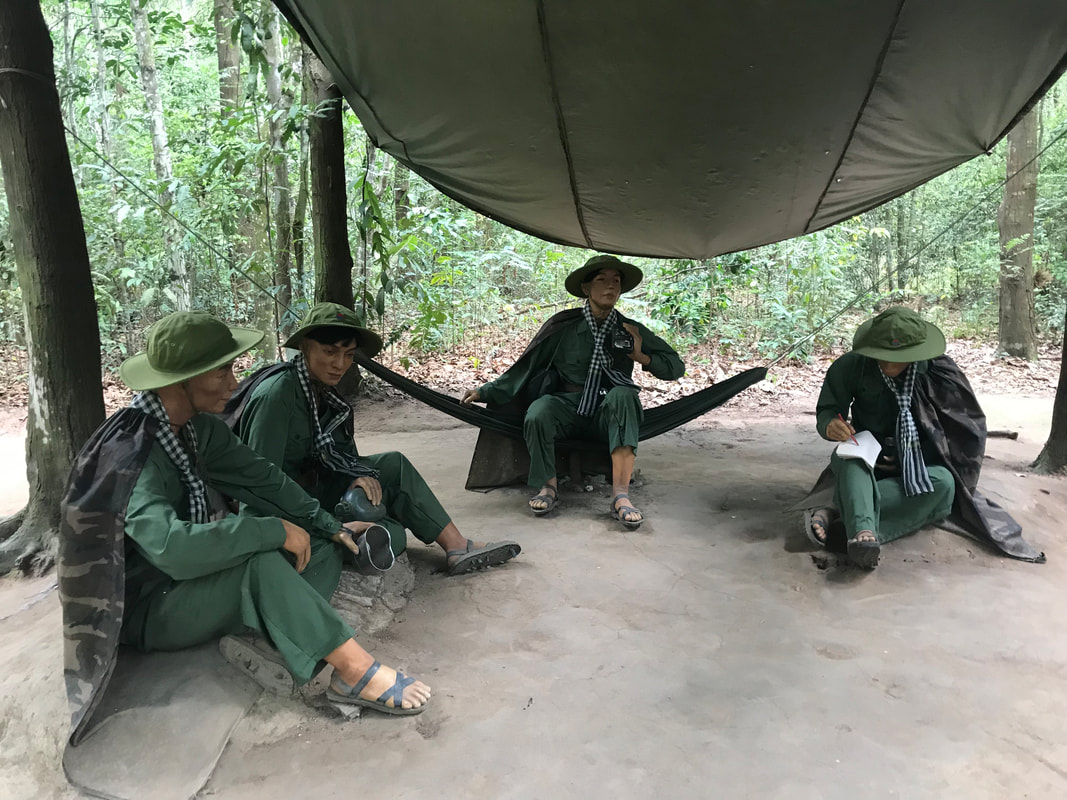
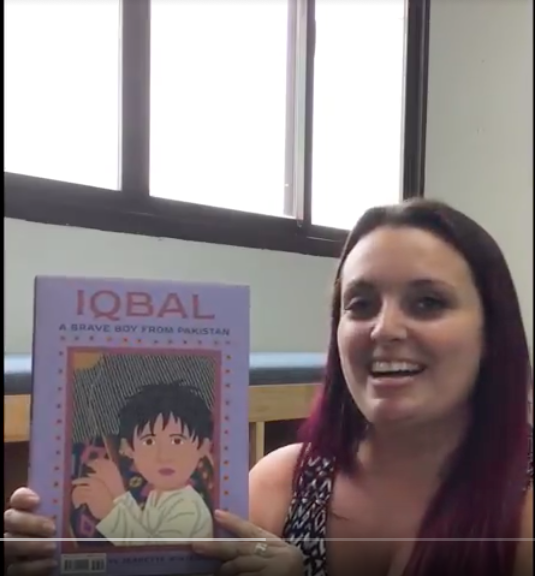
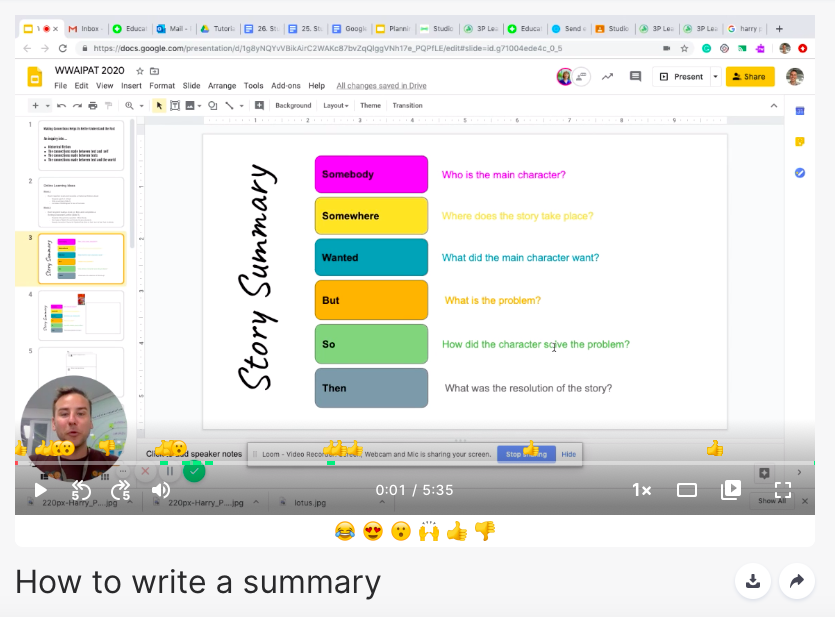
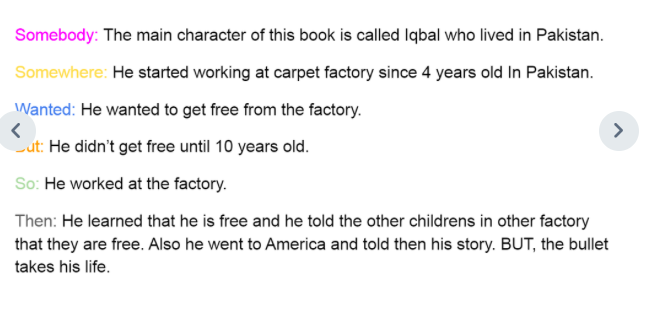
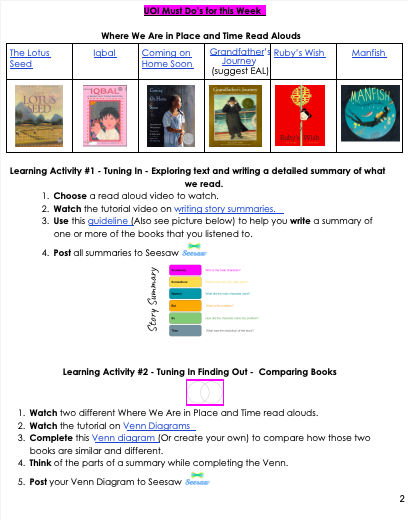
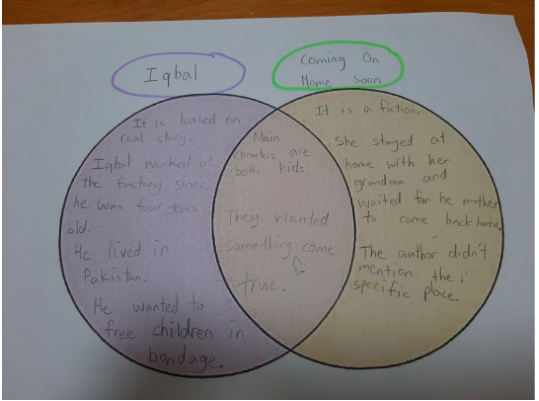
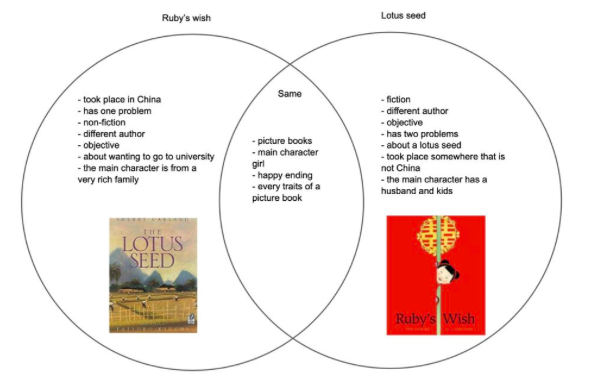
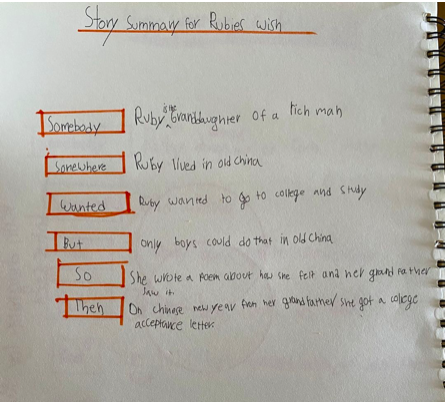
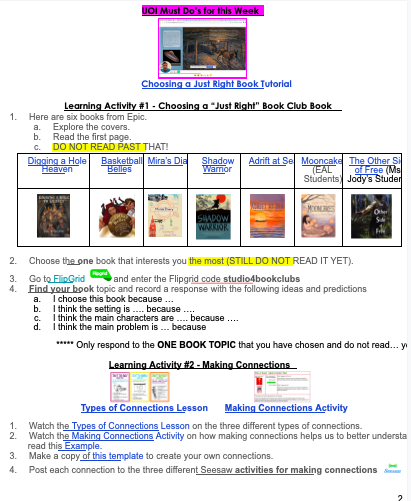
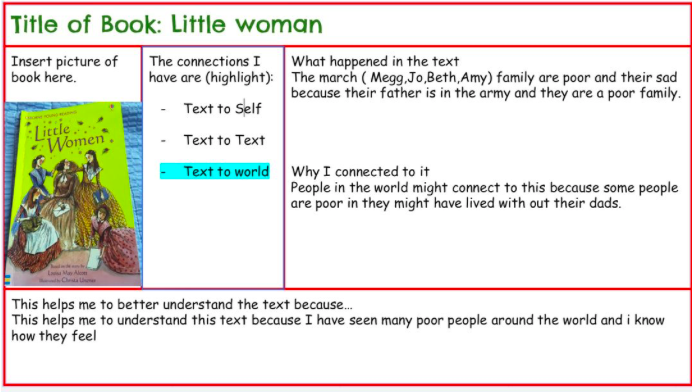
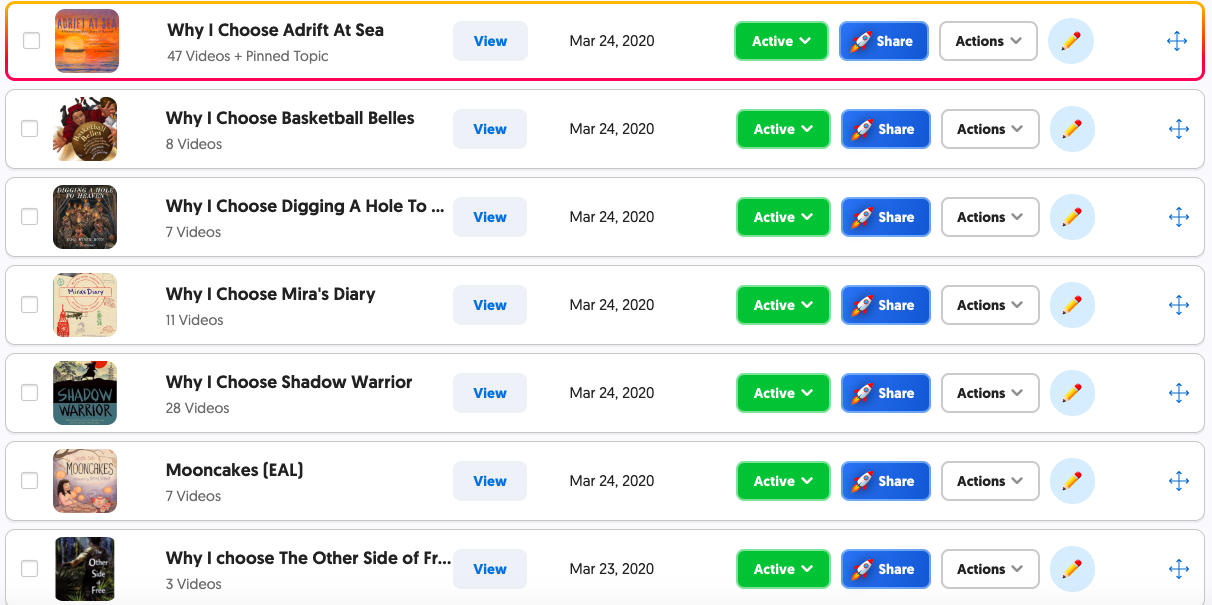
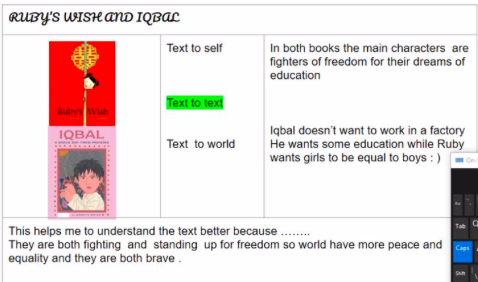
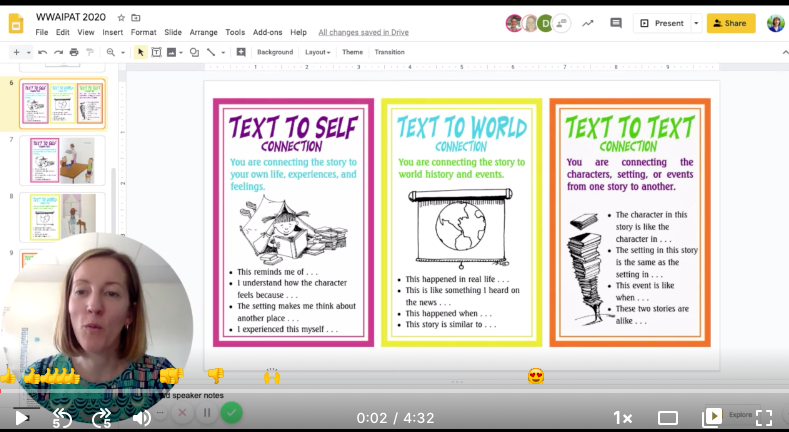
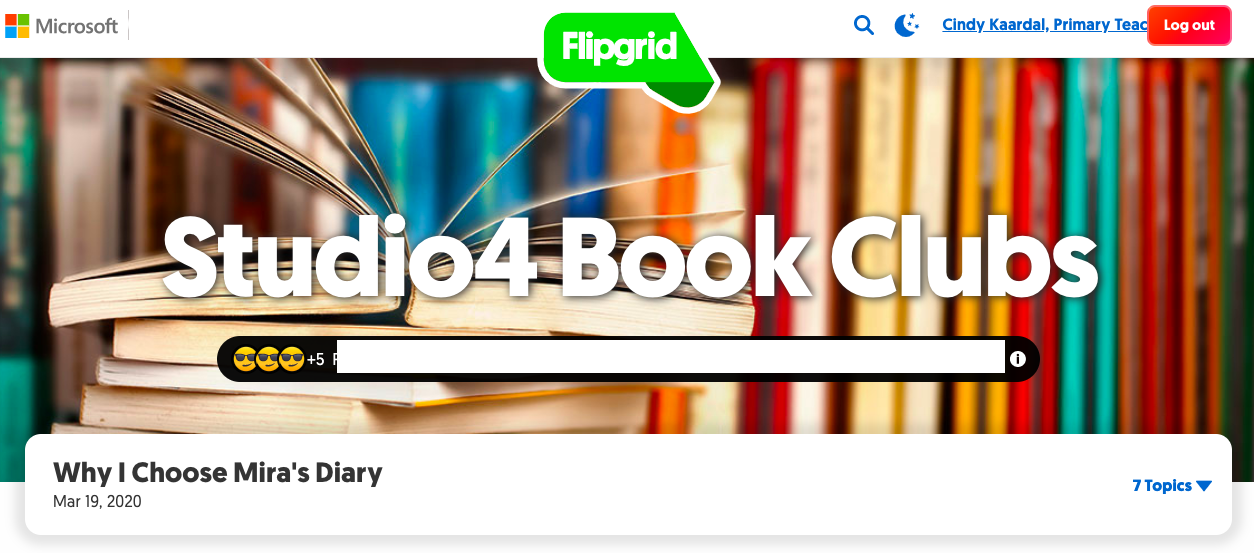
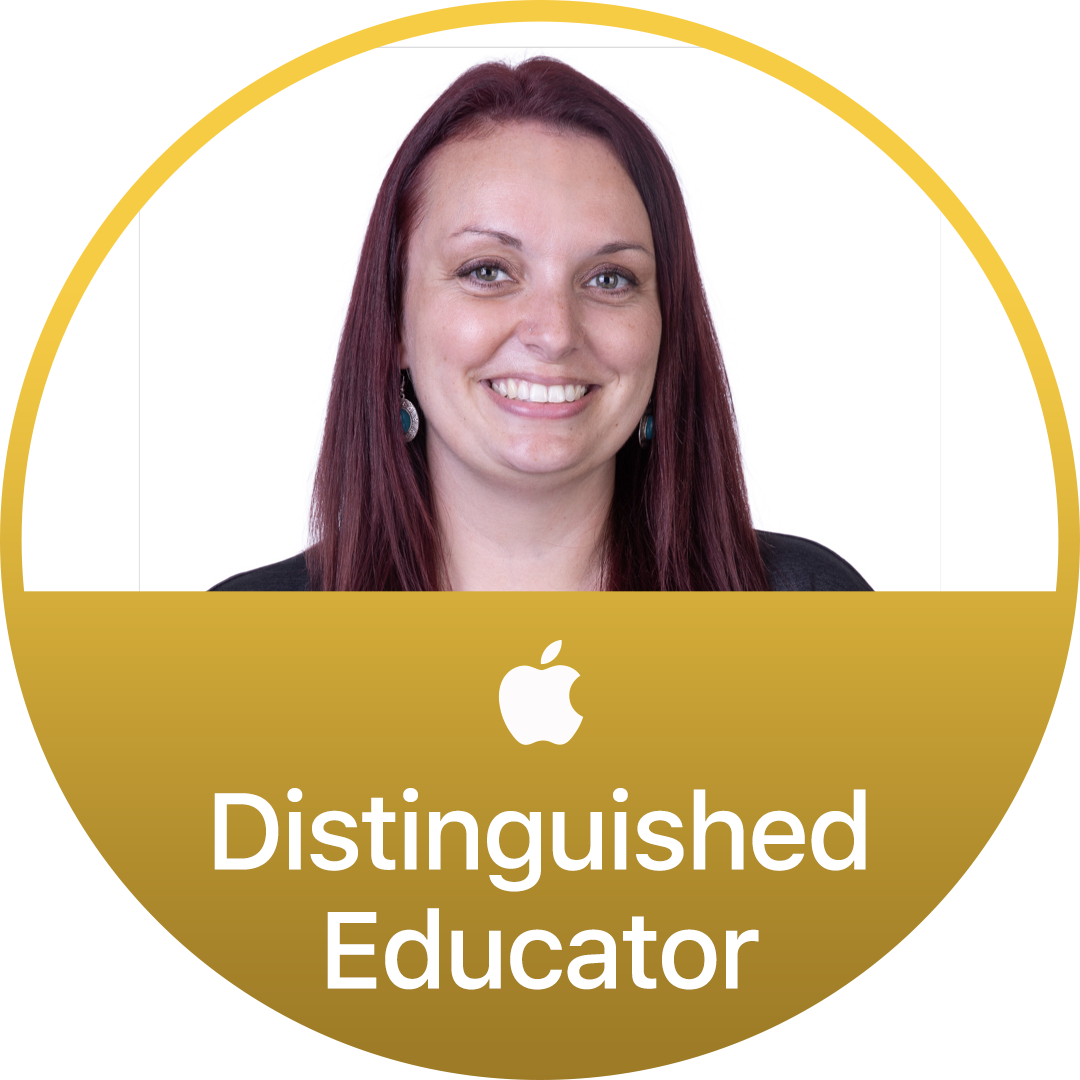
 RSS Feed
RSS Feed